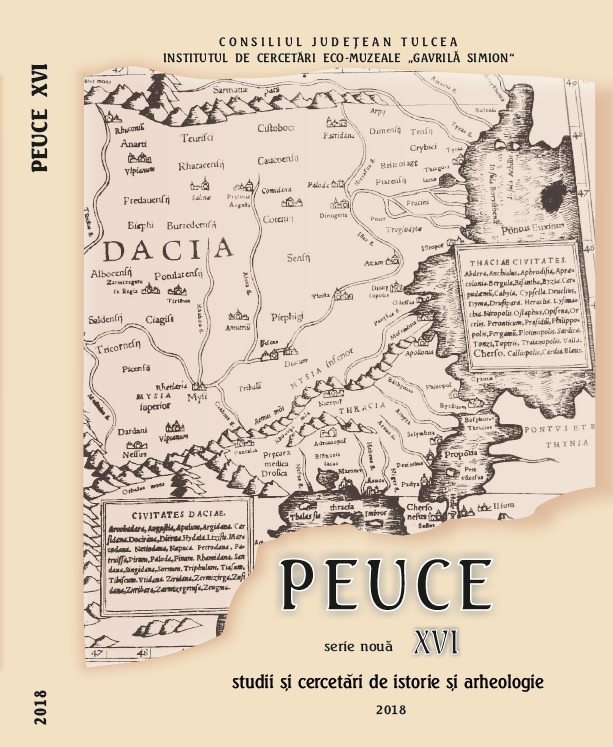The „Golden Hoard” Ceramics in Dobruja (13th-14th centuries)
The „Golden Hoard” Ceramics in Dobruja (13th-14th centuries)
Author(s): Aurel StănicăSubject(s): Archaeology
Published by: Institutul de Cercetari Eco-Muzeale Tulcea - Institutul de Istorie si Arheologie
Keywords: Romania;Lower Danube archaeology;Middle ages;pottery;Golden Hoard;
Summary/Abstract: The extensive process of first gaining a foothold and then controlling the region at the mouth of the Danube by the Golden Horde is a topic that has not been dealt with in accordance with its importance. Archaeological researches provide important data and represent the starting point for understanding the vast complex of the political events and the socio-economic evolution of the area at the mouth of the Danube in the 13th and 14th centuries. The study of the ceramics attributed to the Golden Horde is at the beginning, and the present approach is based on the observations made on the archaeological material in northern Dobrudja and with a single discovery in the south of the province. The archaeological researches from Tulcea, Tichileşti, Enisala–Cetate, Enisala–Palanca, Nufăru, Isaccea, Isaccea–Noviodunum and Păcuiul lui Soare, the random discoveries from Jurilovca, Slava Rusă and Babadag revealed red-yellowish or grey ceramic fragments, roulette decorated, ceramics produced in moulds or enamelled, typical of the material culture of the Golden Horde in the 13th and 14th centuries.
Journal: Peuce (Serie Nouă) - Studii şi cercetari de istorie şi arheologie
- Issue Year: XVI/2018
- Issue No: 16
- Page Range: 251-280
- Page Count: 30
- Language: English

